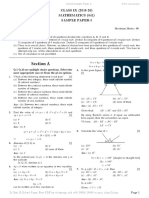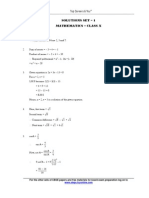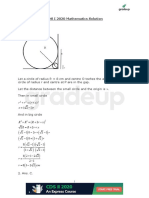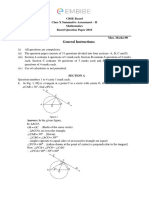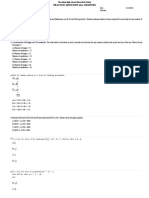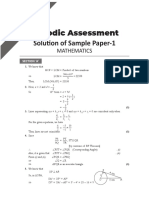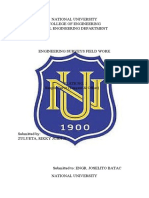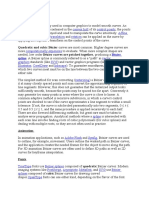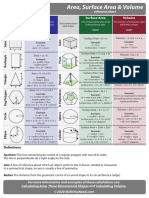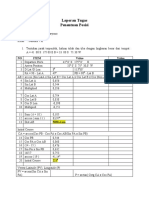0% found this document useful (0 votes)
49 views8 pagesSolution of Maths Test
The document contains a mathematics test for Class X, featuring various problems including algebra, geometry, and age-related questions. Each problem is presented with a detailed solution, demonstrating the process of arriving at the answer. The test is designed to assess students' understanding of mathematical concepts and problem-solving skills.
Uploaded by
AyusHCopyright
© © All Rights Reserved
We take content rights seriously. If you suspect this is your content, claim it here.
Available Formats
Download as PDF, TXT or read online on Scribd
0% found this document useful (0 votes)
49 views8 pagesSolution of Maths Test
The document contains a mathematics test for Class X, featuring various problems including algebra, geometry, and age-related questions. Each problem is presented with a detailed solution, demonstrating the process of arriving at the answer. The test is designed to assess students' understanding of mathematical concepts and problem-solving skills.
Uploaded by
AyusHCopyright
© © All Rights Reserved
We take content rights seriously. If you suspect this is your content, claim it here.
Available Formats
Download as PDF, TXT or read online on Scribd
/ 8





























